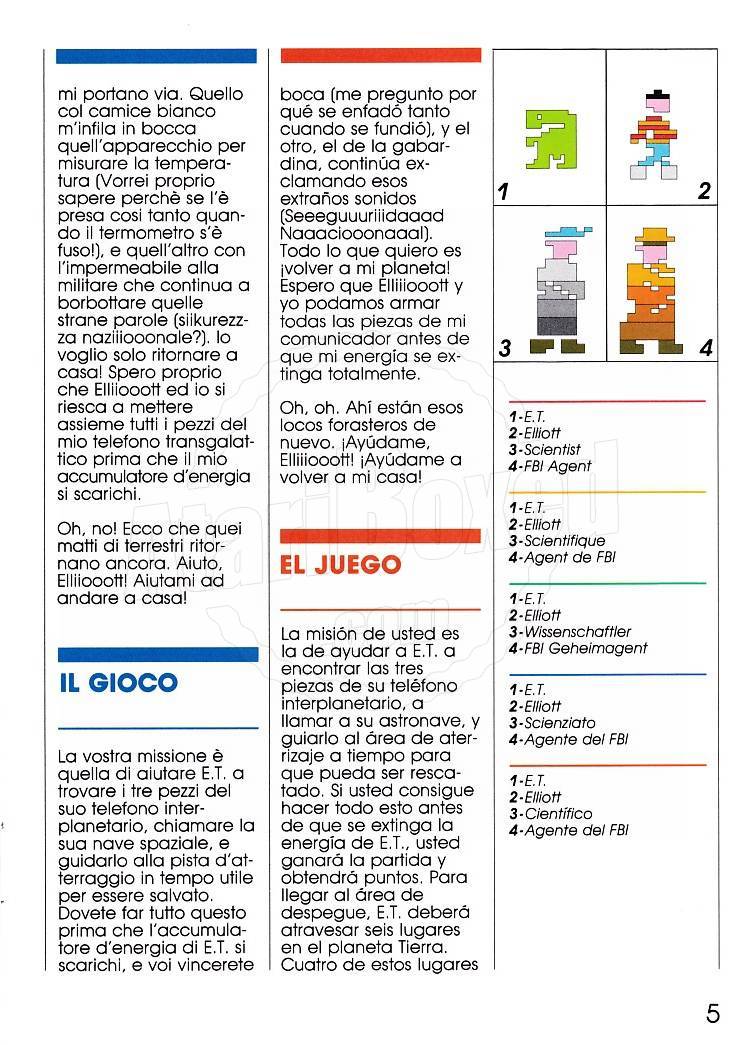
Justice indienne (French Edition): Weiden, David Heska Wanbli, Marchal, David, Aslanides, Sophie: 3358950004836: Amazon.com: Books
If the Italian Communist party had won the Italian elections of 1948, would they have tried to push Italy into the Soviet side of the Iron Curtain? - Quora

Effects of TNF and infliximab on transepithelial electrical resistance... | Download Scientific Diagram

Albert Schatz Collection, Available Online, 1700/1799, Fetonte. Libretto. French & Italian (musschatz.17985.0/) | Library of Congress


















![Amazon.com: Qu'il est étrange de s'appeler Federico [Blu-ray] : Movies & TV Amazon.com: Qu'il est étrange de s'appeler Federico [Blu-ray] : Movies & TV](https://m.media-amazon.com/images/I/7187j3U-v2S._SX466_.jpg)
